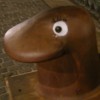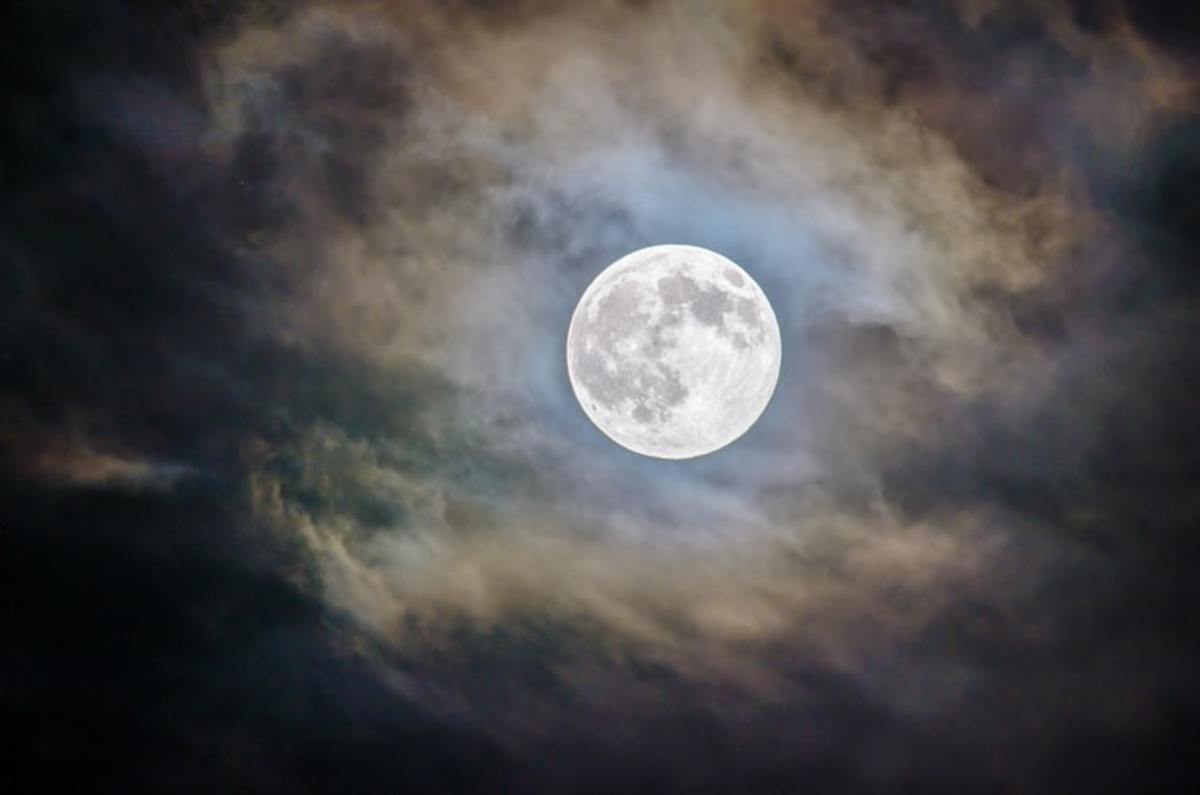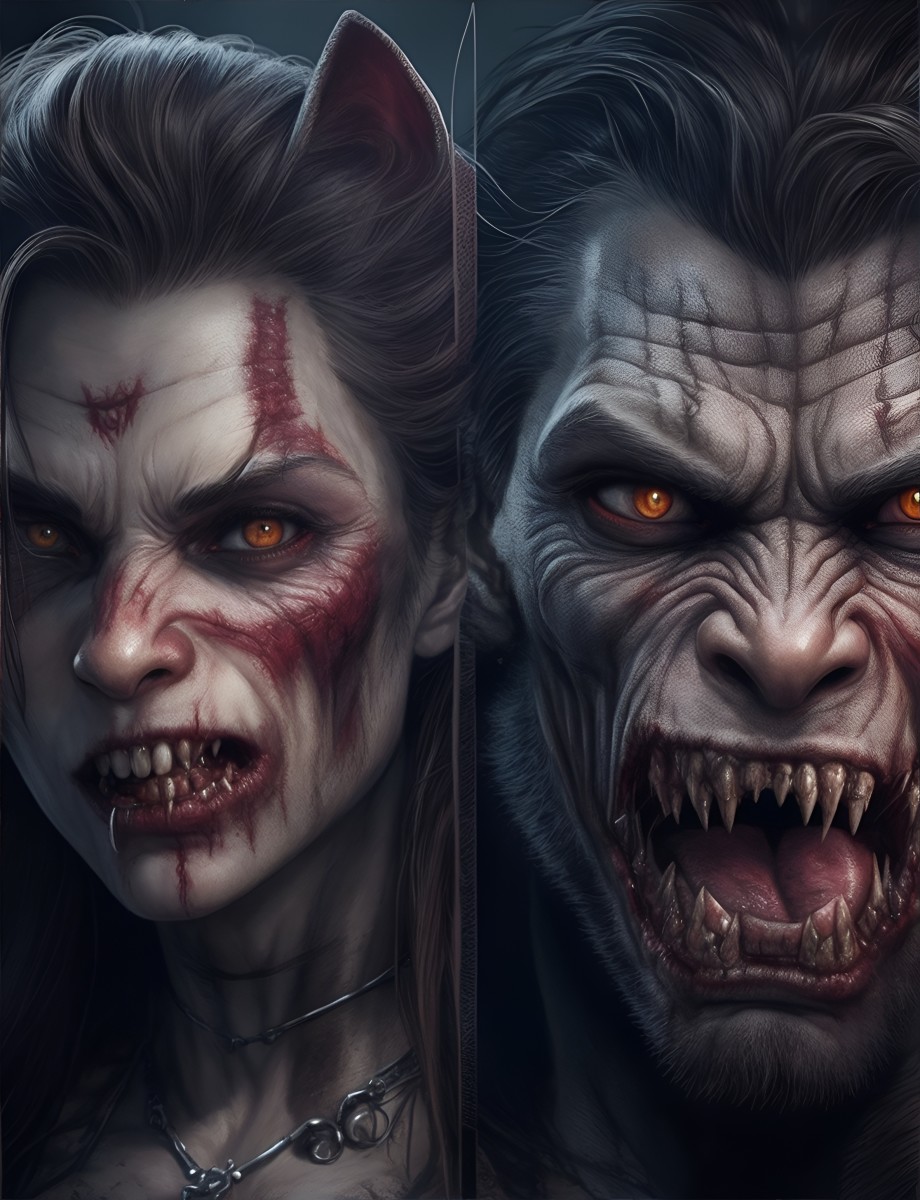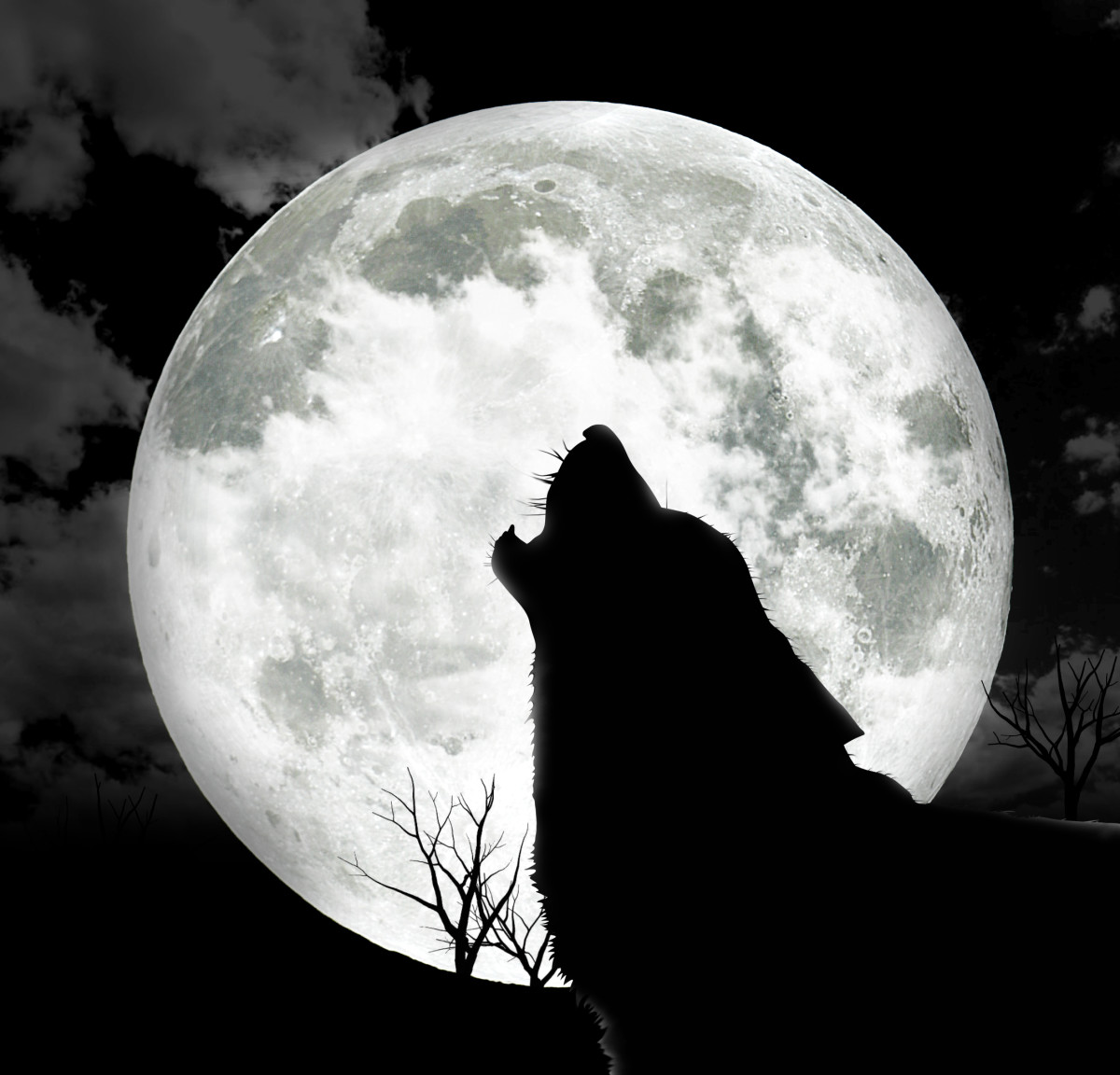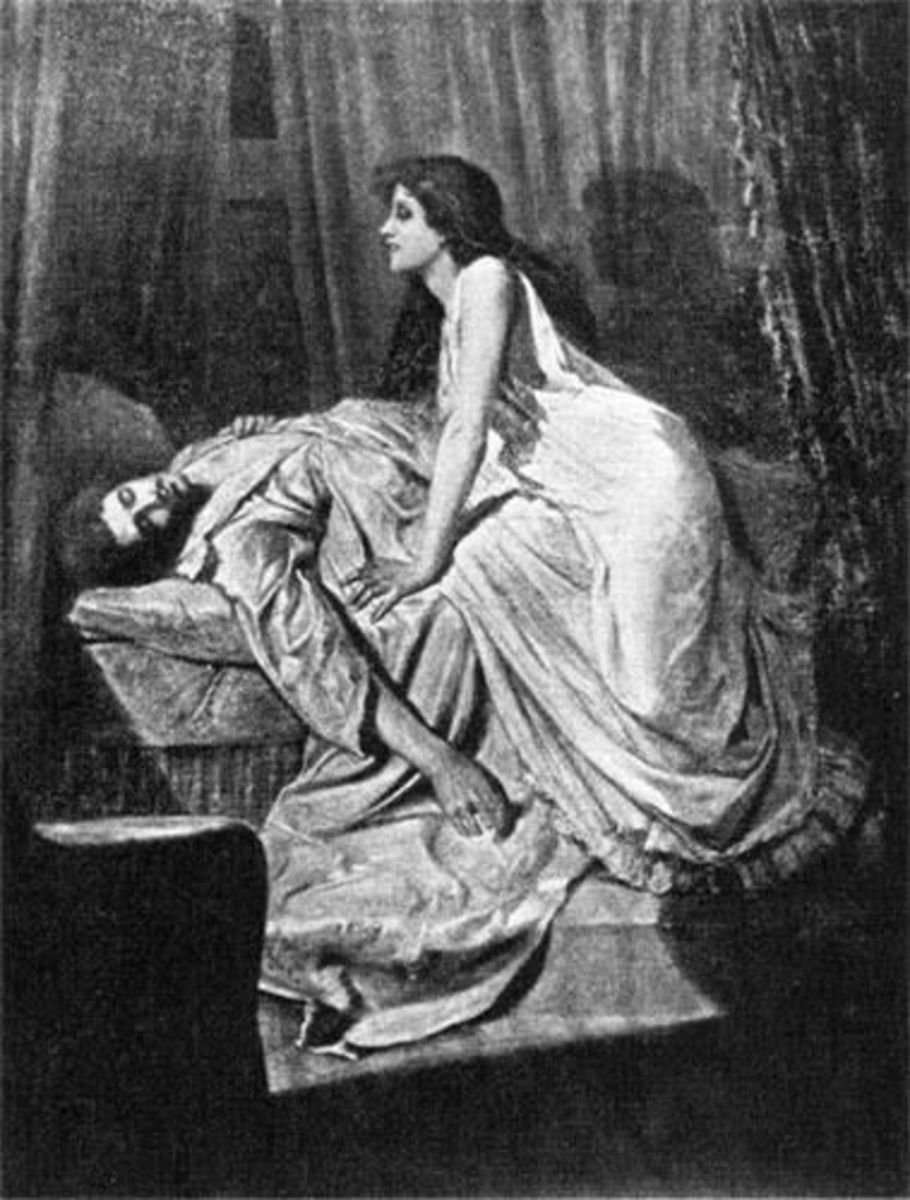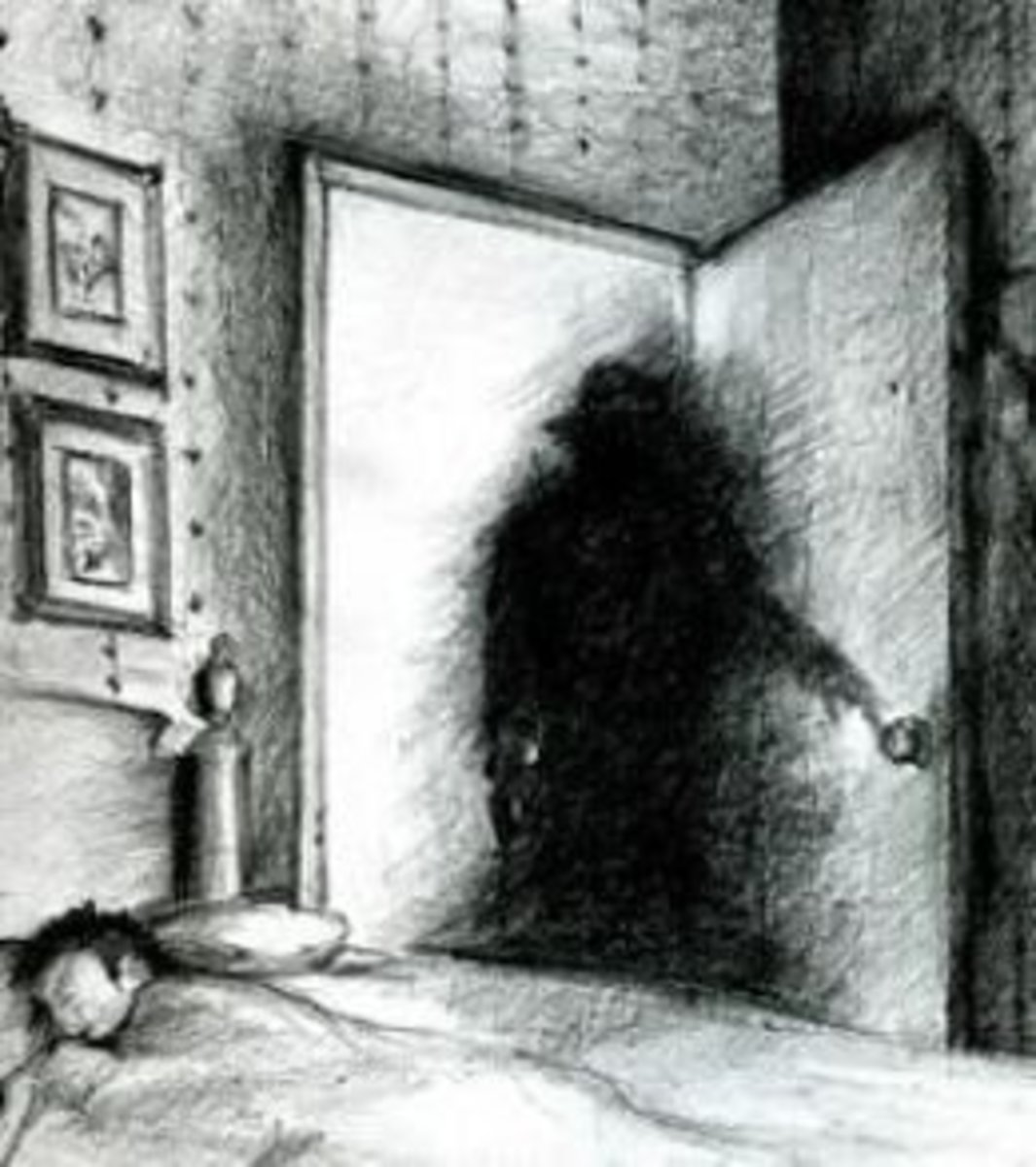Werewolves, Wild Men and Demons

Werewolves are found all over the world and some have, allegedly been observed changing to animal form or back even faster than humans entering politics or reaching the higher levels of big business turn into monsters. They live, generally, in rural not urban areas, jungle and forest rather than desert and mountain and seem not to have followed the rest of nature into becoming urban wildlife. Some who are part of the culture known as the Otherkin believe they are werewolves or at least wolves trapped in human bodies.
When looking at things like werewolves, preferably at a distance through a telescope, before accepting the unlikely idea humans can change into animals the investigator has to look at less glamorous explanations. One such explanation is that werewolves are a folk memory of humans dressed in animal skins, or of woodland dwelling wild men who, not being part of the small settled communities werewolves normally visit, were seen as threats and invested with strange powers. The wild men may also have been a symbol of freedom and a kind of persona that alienated villagers adopted.
Werewolves
In 1584 a werewolf was clubbed to death in a small village in the Jura Mountains. The amazed villagers saw the wolf turn into the nude body of a woman called Perrenette Gandillon: the standard explanation trotted out that the werewolf was merely a human clad in a wolfskin falls down here incidentally. An official investigation led to the arrest of her entire family who seemed to be able to induce a werewolf psychosis by means of a form of self hypnosis. The Judge who investigated the case was not a gullible man and noted the family acted as if possessed, they walked on all fours and howled like wild beasts and lost any resemblance to humanity: their eyes turned red and gleamed, their hair sprouted, their teeth lengthened and became sharper (dentists today would love and hate them for this) and their fingernails turned horny and claw like.
In 1610 Pierre De Lancre, a noted judge in Bordeaux, visited a monastery where Jean Grenier, allegedly a werewolf, had been detained in a cloister cell for seven years. Eyewitnesses to his attacks on a number of victims swore he had been in the form of a wolf at the time. Two years later De Lancre wrote a book L'Inconstance in which he said Grenier had deep set eyes, long black fingernails and sharp protruding teeth. He told the judge he still longed for human flesh especially that of little girls. It would seem he already had a resemblance to a wolf and the reference to little girls is a bit more revealing in today's less innocent age. Perhaps the simplest explanation for the eyewitness accounts is misperception. This seems unlikely since country folk can tell the difference between wolves and humans.
Lycanthropy a recognised psychiatric condition in which the sufferer may prowl the streets, the countryside or even parks looking for victims who may be scratched, bitten or even killed seems a reasonable explanation in thise cases but what about the fur?
The late Stan Gooch noted the spectacular changes in a medium's voice and appearance when their controls took over. Less spectacular changes take place in cases of possession: the physical changes seen in horror movies are not seen outside. While strange phenomena do occur during bouts of possession, most of these are not relevant here, though reports of levitation and occasional great feats of physical strength impossible to replicate in the normal state may make the reported speed and invulnerability of the werewolf less implausible.
In the case of Grenier he may have reached a state of altered consciousness that changed his appearance dramatically. Since, according to the judge, he could walk on all fours much more easily than he could walk upright, the possibility that he was in a mediumistic state of consciousness where he looked more like a wolf than a human, but, one has to ask, what about the fur? Maybe he did wear a wolfskin over his head but the Gandillon family case suggests an alternative.

What happened to the werewolf?
Stan Gooch's invocation of the physical changes brought about in seances only takes one part of the way here. One has to ask what happened to the hair when the Gandillons changed back and where they stored their clothes.
One has to ask also why there are so few modern cases and why the best documented cases seem to come from the 1500s and 1600s. This may be because few have looked or realise what they have seen. Before 1500 relatively few documents may have survived, especially with the iconoclasm of the reformation, and after about 1700 we entered the age of enlightenment where tales like this were regarded as superstitious nonsense, as many still do.
There are many other cases of were-animals from all over the world but the idea of the werewolf as shape shifter is universal, and there have been sufficient observations of the change to make the possibility real werewolves exist tenable, if unlikely. Each case has to be examined separately and if they do exist they are rare, possibly rarer than real vampires. At the same time the Werewolf phenomenon has features in common with other phenomena. And werewolf like sightings persisted at least into the late twentieth century
The Morbach Monster
Wittlich in Germany is allegedly the last town in Germany where a werewolf was killed. Outside the town is a candle that is kept permanently burning in a shrine. Legend has it that if the candle goes out the werewolf will return.
Around 1988 a group of security policemen on the way to their post at the nearby munitions site of Morbach, when they noticed that the candle was out at the shrine. Naturally they all joked about the monster.
They did not joke later that night when alarms were received from a fence-line sensor. One of the security policemen investigating the call saw a huge "dog-like" animal stand up on its back legs, look at him, and jump the 7 1/2 foot chain-link fence. A military working dog brought to the area where the creature was last seen refused to have anything to do with tracking the creature.
If anybody from Wittlich is reading this, is the candle burning again?
Demons
Many ancient accounts describe demons, “dark hairy creatures” with eyes that glow in the dark and “the devil's bestial look on their faces” as ambushing unsuspecting victims to kill or eat them. Many such sightings took place in thunderstorms: on the night of St John the Baptist in June 1205 a strange creature was struck by lightning during a roaring thunderstorm. The head was non human, the torso was apparently human and its other limbs were like those of various animals. The corpse was scorched and gave off a horrific smell. In July 1205 a super storm raged over england and next day monstrous tracks of large pointed feet, which many claimed were the tracks of giant demons, were seen.
In the middle ages church and state seem obsessed with demons. Pagan tales told of giant hairy beings that lived in forest caves and were believed to be devils spawn. There were tales of monks getting into the clutches of the “people of the forest” and in at least one case in 840 the narrator felt so familiar with demons that he felt no need to describe them.
In Australia the natives paid homage to a figure that could have been a surviving Neanderthal. I little known Siberian tribe believes there are animals with the souls and feelings of humans, and they travel in family units and their greatest desire is to learn how to control fire: a natural desire in the icy wastes of Siberia. Norse legends describe huge hairy humanoids that live in underworld caves and battled the vikings for the land. They were reported to have continued to raid outlying farms as late as the 16th or even the 17th century. Even to day there are reports from the Middle East and North Africa of Hostile hairy desert monsters that abduct women or kill lonely wanderers in the desert.
What do you think of werewolves
Wild men
These reports suggest werewolves are a memory of a population of hairy giants, maybe displaced by newcomers and living on the outskirts of civilisation. To many the wildwood was a place of mystery and fear. Perhaps then as now the image of the forest had the power of an archetype, raising responses that may have come from the deep unconscious.
“the wind is roaring in the Forest further out.” – Algernon Blackwood, ‘The Man Whom the Trees Loved’
Humans made their living in the wild wood, but further out where the wind would roar on dark nights when the Wild Hunt crossed the sky lived the wild men. Hairy naked beings living where no human would live, the antithesis of the civilised Christian. And doubtless the image of the wild man, hairy, cannibalistic and sexually omnivorous, stirred a touch of envy in the souls of some of those same civilised christians, who maybe felt their world to be a trap. Small wonder if some of them developed delusions of being such wild men and some of these decided the odd sabbatical was needed to preserve their sanity.
In the late 15th century, in Germany the image of the wild man began to change, with wild men being portrayed as examples of the natural life as opposed to the decadent urban culture of Southern Europe, and this image change spread. Again small wonder that some of those who would earlier have adopted the persona of the wild man as an escape from their life decided on the wolf, a creature associated with the old gods, as their travel host, for if all the things you love to do are deemed inhuman by the powers that be, why stay human all the time?
Wrapping Up
Attempts to look at werewolves at a higher level than single cases lead to a morass and can lead to the upsetting revelation of your dark side
He who fights with monsters should look to it that he himself does not become a monster. And when you gaze long into an abyss the abyss also gazes into you. Nietzsche, Beyond Good and Evil
Werewolves could be folk memories of earlier populations, hunters displaced by farmers, or surviving Neanderthal types, they could be people suffering from lycanthropy syndrome, whose features distort under the power of their imagination and they could be people alienated from their society and unable to express their darker desires without believing themselves to be animals.
Or they could be just as claimed, people who regularly assume animal form and animal nature for a while. What happens to their human mind and character in that case is another mystery, but having seen football hooliganism and other aspects of human behaviour, for some the change seems to be minimal.
And most intriguingly they could be animals assuming human form
Further reading
Monsters among us, Brad Steiger, Para Research 1982, ISBN 0-9149-18-38-9
Strange Histories, Darren Oldridge, Routledge 2005, ISBN 0-415-28860-6
Strange Creatures from Time and Space, John Keel, Sphere Books 1975 ISBN 0-7221-5147-0
